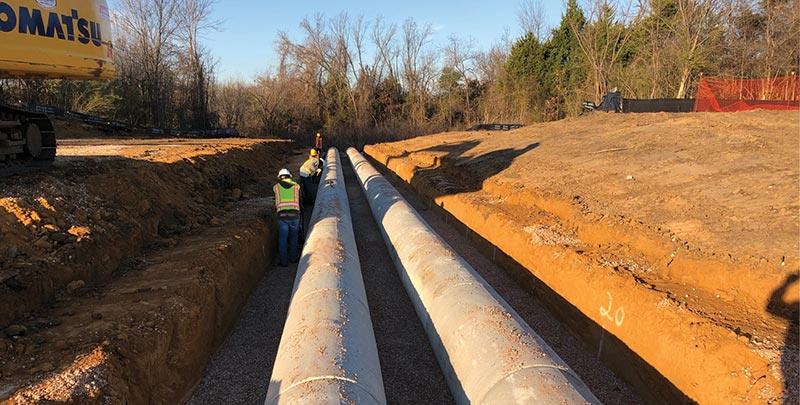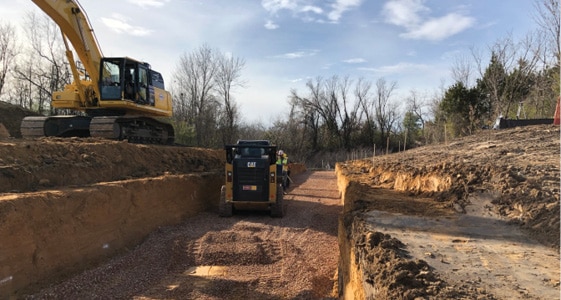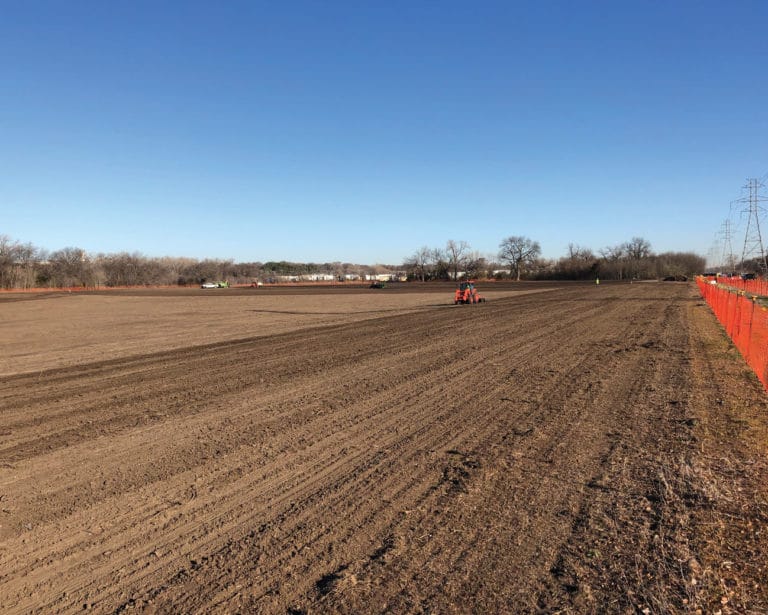By David O’Donnell, AC&PPC President

In Fort Worth, Texas, a large-scale City Center Vision was being developed that takes the river walk idea to a new level. To keep the newly developed area safe against Trinity River flood events, the high-water levels had to be controlled. The US Army Corps of Engineers (USACE) Record of Decision for the Central City Project, made in April 2006, would update the outdated levee system with construction of a bypass channel.
In 2008, the USACE determined that merging the previously authorized Central City Project with the previous federally-recommended Riverside Oxbow Project provided greater outputs and execution efficiencies. The original Central City Project required the acquisition of a great amount of private property to convert to flood needs. Merging the two projects mitigated that element because public property in the Riverside Oxbow area was already being used for flood control purposes. The Riverside Oxbow Project benefitted because the primary goal of that project was ecosystem restoration and Central City is planting indigenous trees in the area to manage flood needs. The trees slow the water down, providing both flood protection and ecosystem restoration. Incorporating the Riverside Oxbox Project into the now Modified Central City Project literally doubled the scope of the original Central City Project. With its expanded scope, the modified Central City Project cost is reported to be $810 million.

The program is divided into two portions. One portion is federally funded and is limited to flood protection, infrastructure improvements and environmental cleanup. Once the infrastructure is in place, over 2,400 acres of neighborhoods in Fort Worth will be protected from the highest level of flooding. The second portion will be the construction of Panther Island. Local funds will be used to address flooding concerns, outdated infrastructure and environmental issues. Further, these funds will create an estimated 10,000 housing units and roughly 3 million square feet of commercial space. The resulting impact on the nearly 800 acres directly adjacent to downtown Fort Worth will increase the tax base by over $1.3 billion.
Ahtna Construction & Primary Products Company teamed with Ahtna Design-Build and was awarded two separate contracts to support the Modified Central City Project. The first project at Ham Branch consisted of raising the level of an existing flood control levee and excavating a breach in an adjacent levee. The purpose of the breach was to allow extremely high floodwaters from the Trinity River to flow into an existing creek system where the impact would be minimal. The value of this contract was $1.3 million and was completed approximately one month ahead of schedule.

The second contract was for the construction of an 81,000 cubic yard stormwater storage basin. The material excavated to create the basin was transported over a haul road and placed over an old wastewater treatment plant. The basin was planted with native prairie grass to provide an ecologically friendly space for nature. Bermuda grass was planted on the newly encapsulated wastewater treatment plant. The goal of the project is to provide 81,000 cubic yards of floodwater control once the Trinity River reaches a height of the invert to the basin. The cost of the project is $5.2 million. All construction activities were completed ahead of schedule. We are currently providing maintenance support for the establishment of the native prairie grasses.
